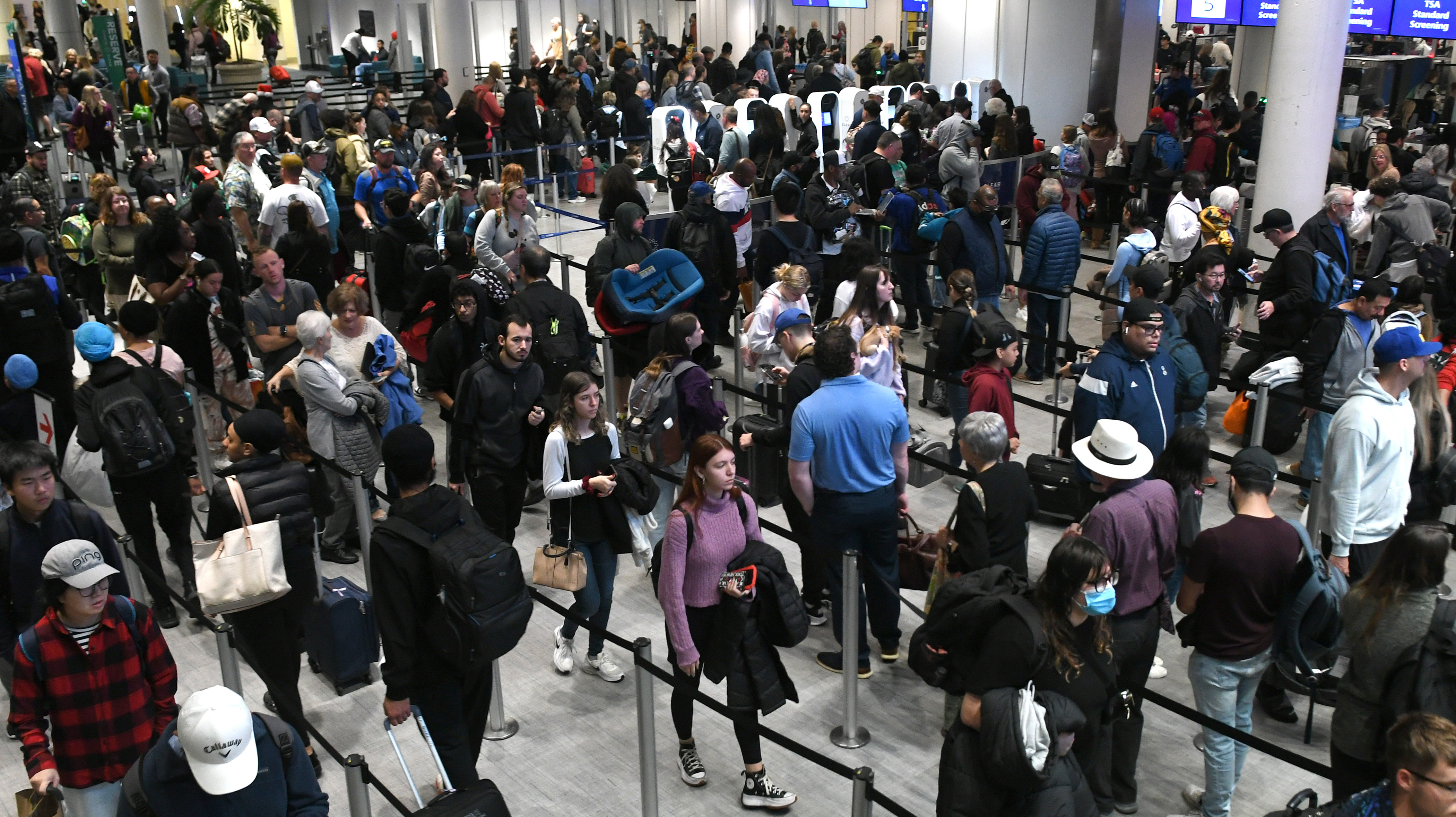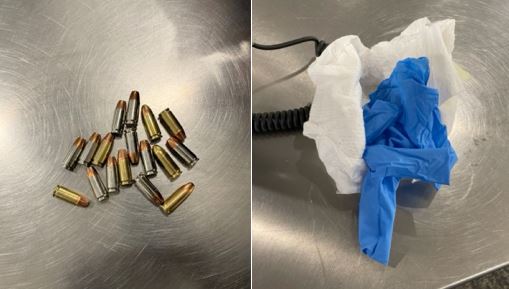In a non-descript building right off I-95 in Springfield, Virginia, there are thousands of artifacts from the Transportation Security Administration.
Old X-ray machines, explosive detectors, TSA call kiosks, counterterrorism pamphlets and guides are all stored, in a warehouse containing the wall-to-wall physical history of the agency.
News4 got an exclusive look inside that warehouse, where no news cameras have been allowed before.
The TSA says that artifacts and pieces from airports come into the warehouse on a weekly basis. The agency takes a look at the pieces, and then holds onto all of it to make sure that the history of the agency is preserved, and they can figure out how the TSA will change going forward.
We've got the news you need to know to start your day. Sign up for the First & 4Most morning newsletter — delivered to your inbox daily. Sign up here.
Most federal agencies do store old artifacts, but the TSA is still fairly young, just over 20 years old in 2024.
The agency was born directly from the 9/11 terrorist attacks -- and one of the first things you notice upon walking into the warehouse is an X-ray machine that two of the 9/11 hijackers put their bags through.
"When the hijackers boarded they did not use any prohibited items," said Heather Farley, the TSA historian. "They had box cutters on them and at that time they were not prohibited items. So they were screened, they were screened effectively, and they were allowed to board."
It's part of why Farley says it's "really, really important for us to remember... why we were created."
Pieces of bent rails from the PATH train station right under the World Trade Center are preserved in the warehouse, and many lessons learned from aviation safety are housed.
Clunky explosive detectors that would be wanded over passengers are no longer used. Instead, it's mainly the TSA dogs that do that work now.
"We're super concerned with customer service," said Caroline Argrave, a TSA archivist. "We want the public to have the least invasive interactions with us as possible."
The TSA uses the warehouse to study its own history, with the goal of a safer transportation future straight ahead.




